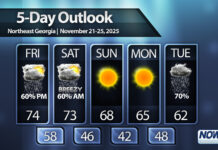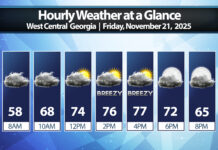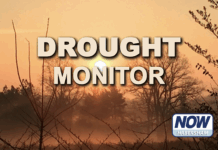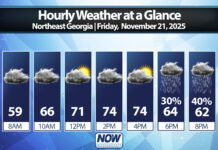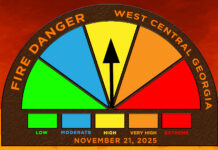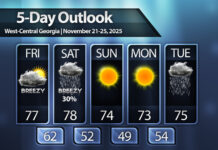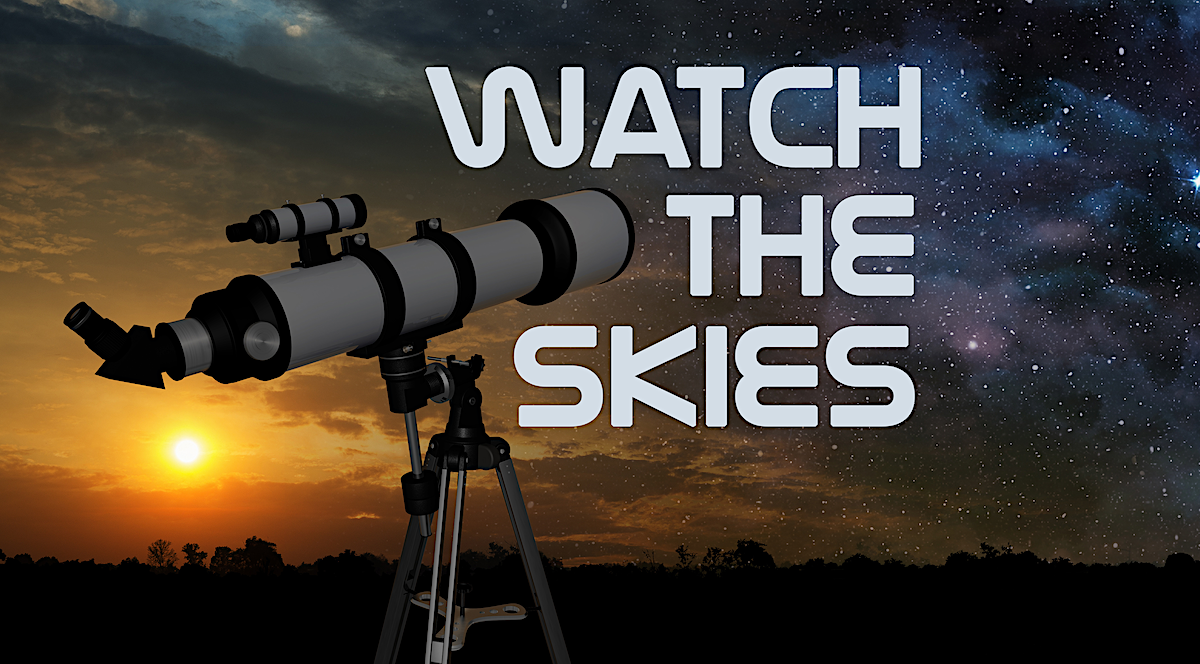
We’ve got another exciting week of sky watching ahead. The moon will start this week full on Sunday then gradually rise later and later each night, allowing for plenty of dark skies during the evening hours. A very few stray Perseid meteors may still be seen but Earth has pretty much fully exited the dust stream.
The Planets this Week: This week the gas giants are quickly becoming the show stoppers as far as planets go. While Venus remains the brightest high in the sky during twilight, Jupiter and Saturn are both rising as the sun sets. They reach high in the sky by 11PM and are excellent telescope objects. Mercury and Mars are both nearly invisible in the evening twilight now.
Naked Eye Object of the Week- Deneb: Deneb is the 19th brightest star in the night sky. It is part of both the “Northern Cross” asterism and the “Summer Triangle”. It is located in the constellation Cygnus the Swan. The name comes from the Arabic word for tail and comes out of a phrase that means tale of the hen. Deneb is a variable star, meaning its luminosity rises and falls. This is because it is a supergiant. Supergiant stars have exhausted their primary source of fuel- hydrogen. Once this happens they expand and become significantly hotter and brighter. Due to this, Deneb is one of the most luminous stars known- several thousand times brighter than the sun. You can catch Deneb in the western sky during the evening hours right now.

Telescope Object of the Week-Double Cluster: One of the most spectacular clusters in the night sky is now rising in the evening. It is actually two star clusters very near each other, hence it’s name: the Double Cluster. It is located just beneath last week’s object Cassiopeia. It is the brightest cluster in the sky and is easily visible to the naked eye in dark skies. Both these clusters are roughly 7500 light years away from the Earth. Both of these clusters are fairly young, only about 13 million years old each. Part of what makes them so visually stunning is that they each contain over 300 blue super-giant stars each. These are very bright and when viewed through a telescope produce a stunning starfield. The Double Cluster has been observed for thousands of years however it wasn’t determined what it was until the advent of the telescope. William Herschel was the first to classify it as two separate clusters in the early 1800’s. Interestingly, despite it’s brightness the clusters were not included in Charles Messiers catalogue of bright deep sky objects.

It’s plenty easy to find, appearing as a fuzzy patch beneath the constellation Cassiopeia, officially located inside the constellation Perseus. It can be viewed beautifully through either a pair of binoculars or a telescope of any size.
Hopefully we get away from the clouds this week and have some time to view these night sky objects!
Have a great week and watch the skies!

